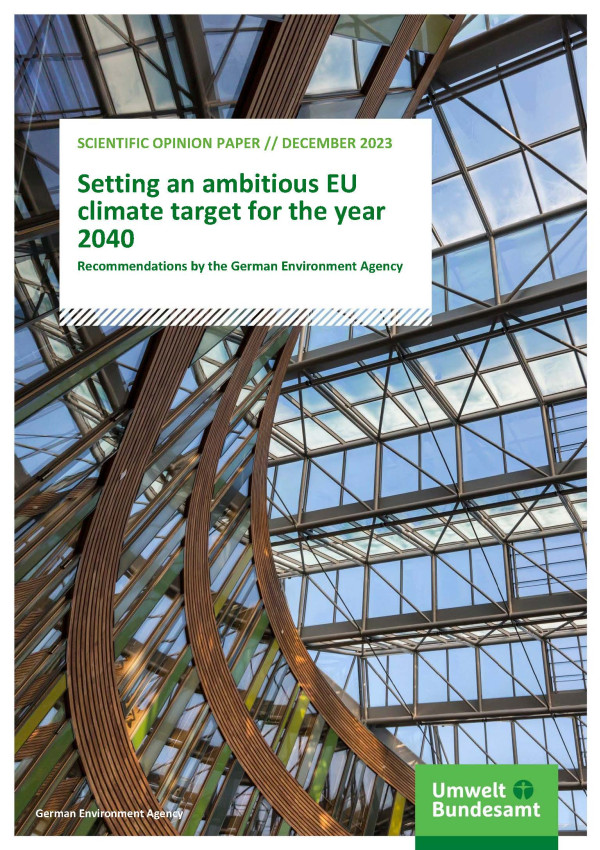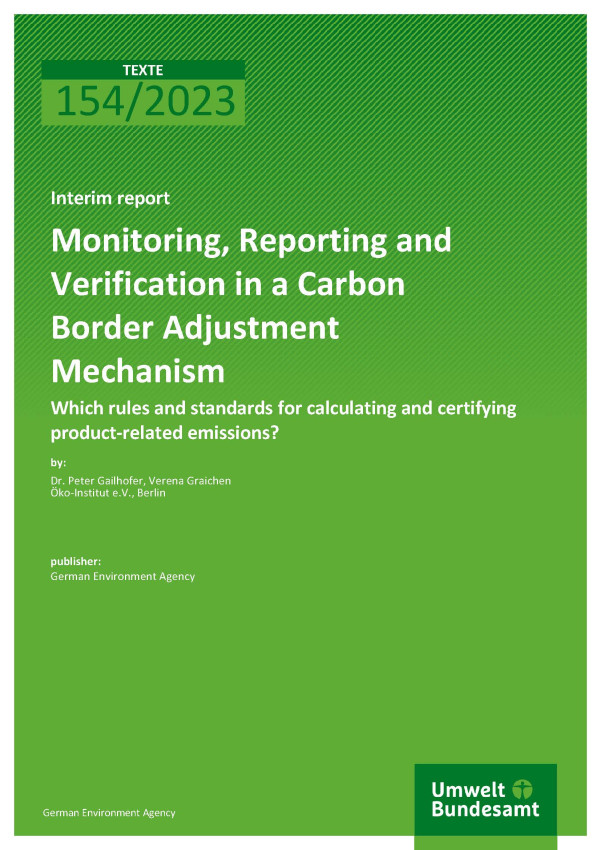The consequences of the climate crisis in Germany are becoming more severe

Poor harvests due to heat and drought – just one of the consequences of climate change in Germany.
Source: hykoe / Fotolia.com |
The consequences of the climate crisis are becoming more severe, and efforts to adapt to these consequences must be intensified. These are the messages of the now third monitoring report on the German government’s strategy for adapting to climate change (Deutsche Anpassungsstrategie, DAS), which UBA President Dirk Messner and Federal Minister for the Environment Steffi Lemke presented on the 28th of November 2023.
More and more storms, heavy rain, droughts and heat waves are affecting the people’s health, the ecosystem and the economy. Germany is one of the regions with the highest water loss worldwide. The consequences are noticeable crop losses in agriculture and increasing forest dieback. In 2018, for example, winter wheat yields were down 15 per cent, and silage maize yields were down 20 per cent on the averages of the previous six years. In 2020, 20 times as many spruce trees died when compared to the average of the past ten years.
Adaptation measures being taken more and more in communities, but they must be intensified, for example, through more greenery and unsealed areas in cities to reduce heat and prevent flooding. The example of heat waves shows that adaptation measures work: the number of heat-related deaths in Germany could be reduced by specific information campaigns, according to UBA President Messner.
The monitoring report will also be available in English from around March 2024.

















